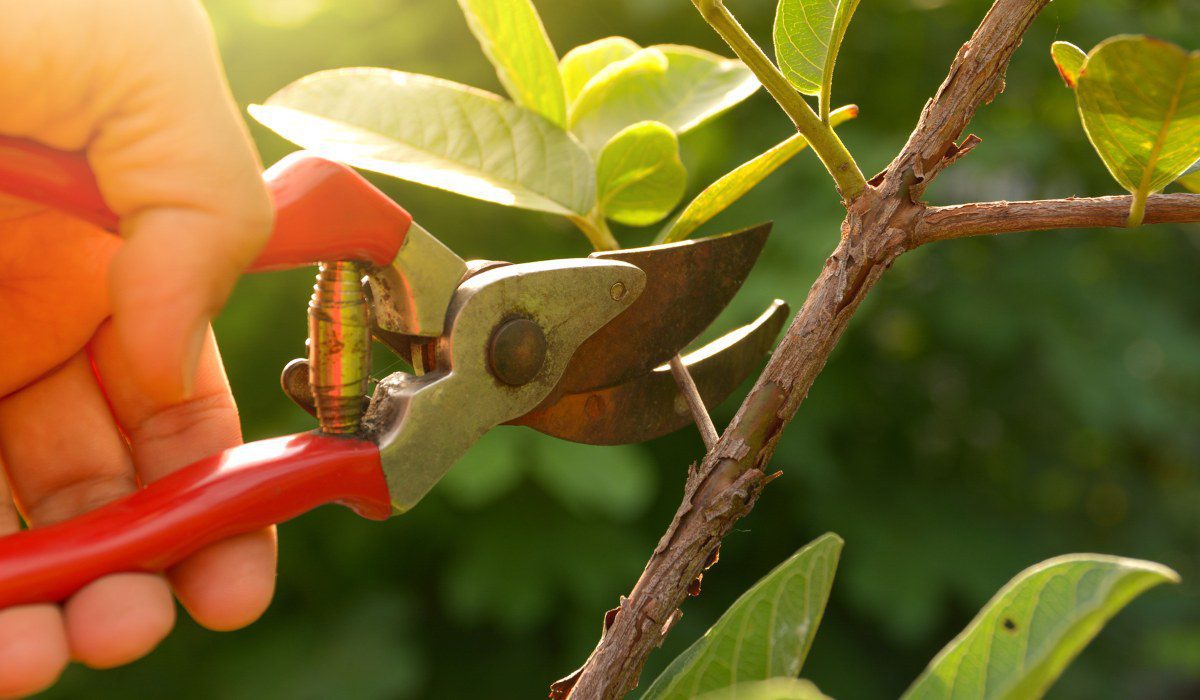Welcome to the enchanting world of purple hydrangeas, a true marvel in the realm of urban gardening. Whether you’re a seasoned green thumb or just embarking on your gardening journey, this guide is tailored to help you nurture and admire the stunning beauty of purple hydrangeas in your own space. Let’s dive into the essentials of caring for these vibrant blooms, ensuring they add a touch of elegance and color to your home or garden.
Understand Purple Hydrangeas
Purple hydrangeas, with their rich hues ranging from lavender to deep violet, are a popular choice for garden enthusiasts and indoor plant lovers alike. These plants not only bring a splash of color to any setting but also symbolize understanding and a desire to be understood, making them a thoughtful addition to your plant collection.
Selecting the Right Spot
The key to flourishing purple hydrangeas begins with selecting the ideal location. These plants thrive in environments where they can bask in the morning sun yet remain shielded from the harsh afternoon rays.
A spot that offers partial shade, especially during the peak hours of sunlight, will ensure your hydrangeas remain vibrant and healthy.

Soil and Watering Needs
Hydrangeas are known for their love of water, and the purple varieties are no exception. Ensure the soil is consistently moist, yet well-drained, to avoid water logging the roots. A simple rule of thumb is to water your hydrangeas once the top inch of the soil feels dry to the touch.
Speaking of soil, the acidity of your garden soil plays a crucial role in the color of your hydrangeas. For purple hydrangeas, aim for a soil pH between 6.0 and 6.2. You can easily adjust the pH levels by adding garden lime to raise the pH or sulfur to lower it, depending on your desired hue.
Fertilizing for Optimal Growth
Fertilizing your purple hydrangeas is essential for promoting lush growth and vibrant blooms. Opt for a balanced, slow-release fertilizer that you can apply in the spring and summer months. This will provide your plants with the necessary nutrients to thrive and produce those eye-catching flowers.
Pruning Practices
Pruning is an important aspect of hydrangea care, encouraging healthy growth and abundant blooms. For most purple hydrangeas, pruning in late winter or early spring is ideal. Remove any dead or weak stems to allow new growth to emerge.
However, be mindful of the variety you have, as some hydrangeas bloom on old wood and others on new growth. Understanding your plant’s specific needs will guide your pruning decisions.

Protection from Pests and Diseases
While hydrangeas are relatively hardy, they can occasionally fall victim to pests and diseases. Keep an eye out for common issues like aphids, mites, and powdery mildew. Maintaining healthy plants through proper watering, fertilization, and air circulation can help prevent these problems. If pests or diseases do appear, treat them promptly with appropriate organic or chemical solutions.
Enhancing Your Garden with Purple Hydrangeas
Incorporating purple hydrangeas into your garden or home brings a touch of elegance and tranquility. These plants work wonderfully in mixed borders, as standalone specimens, or even in containers for those with limited space. Pairing them with complementary plants that enjoy similar growing conditions can create a cohesive and visually appealing garden display.
Caring for Your Purple Hydrangea for Better Growth
To ensure your purple hydrangeas grow more robust and vibrant, regular monitoring and care are crucial. Here are some additional tips to help your hydrangeas thrive:
Mulching: Apply a layer of organic mulch around the base of your plants. This helps retain moisture, keeps the roots cool, and adds nutrients to the soil as it decomposes.
Regular Watering: During hot or dry periods, increase your watering frequency to keep the soil consistently moist.
Avoid Over-Fertilizing: While fertilization is important, too much can lead to leafy growth at the expense of blooms. Stick to the recommended application rates.
Watch for Color Changes: The fun part of growing hydrangeas is observing how the blooms can change color based on the soil’s pH. Experimenting with different amendments can lead to exciting discoveries in your garden.
Conclusion
Embracing the beauty of purple hydrangeas in your urban garden or indoor space adds a layer of elegance and serenity. With the right care, these captivating blooms can transform any area into a vibrant oasis. Remember, gardening is a journey of learning and discovery, so enjoy the process of nurturing your purple hydrangeas and watching them thrive under your care. Happy gardening!
FAQs
Q: How long do purple hydrangeas bloom?
A: Purple hydrangeas typically bloom from early summer through fall, depending on the variety and growing conditions.
Q: Can I grow purple hydrangeas indoors?
A: Yes, with adequate light and care, you can enjoy purple hydrangeas as indoor plants. Ensure they receive enough indirect sunlight and maintain their watering and fertilization schedule.
Q: Why are my hydrangea flowers turning green?
A: Green flowers often indicate that the blooms are aging and
about to undergo color change or that the plant is receiving too much sun. Adjusting your plant’s location or the soil’s pH can help restore its vibrant hues.
Q: Can I change the color of my purple hydrangeas?
A: Yes, by adjusting the soil’s pH, you can influence the color of your hydrangea blooms. Lower pH levels encourage blue flowers, while higher pH levels lead to pink hues. For purple flowers, aim for a neutral to slightly acidic pH.



